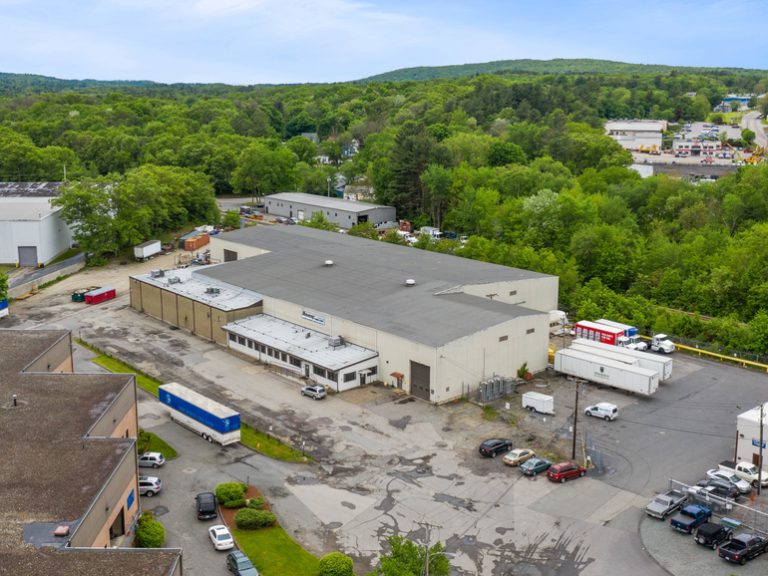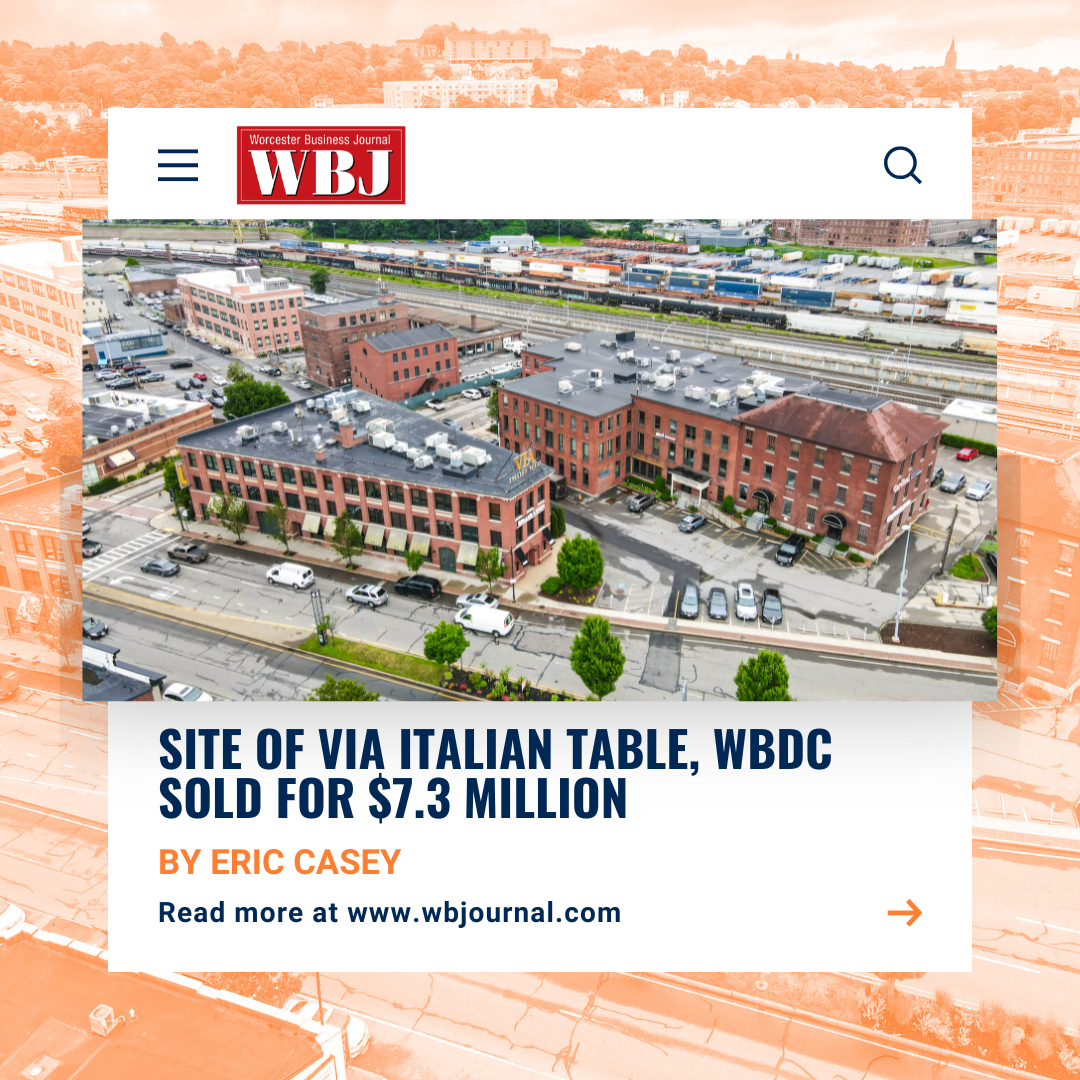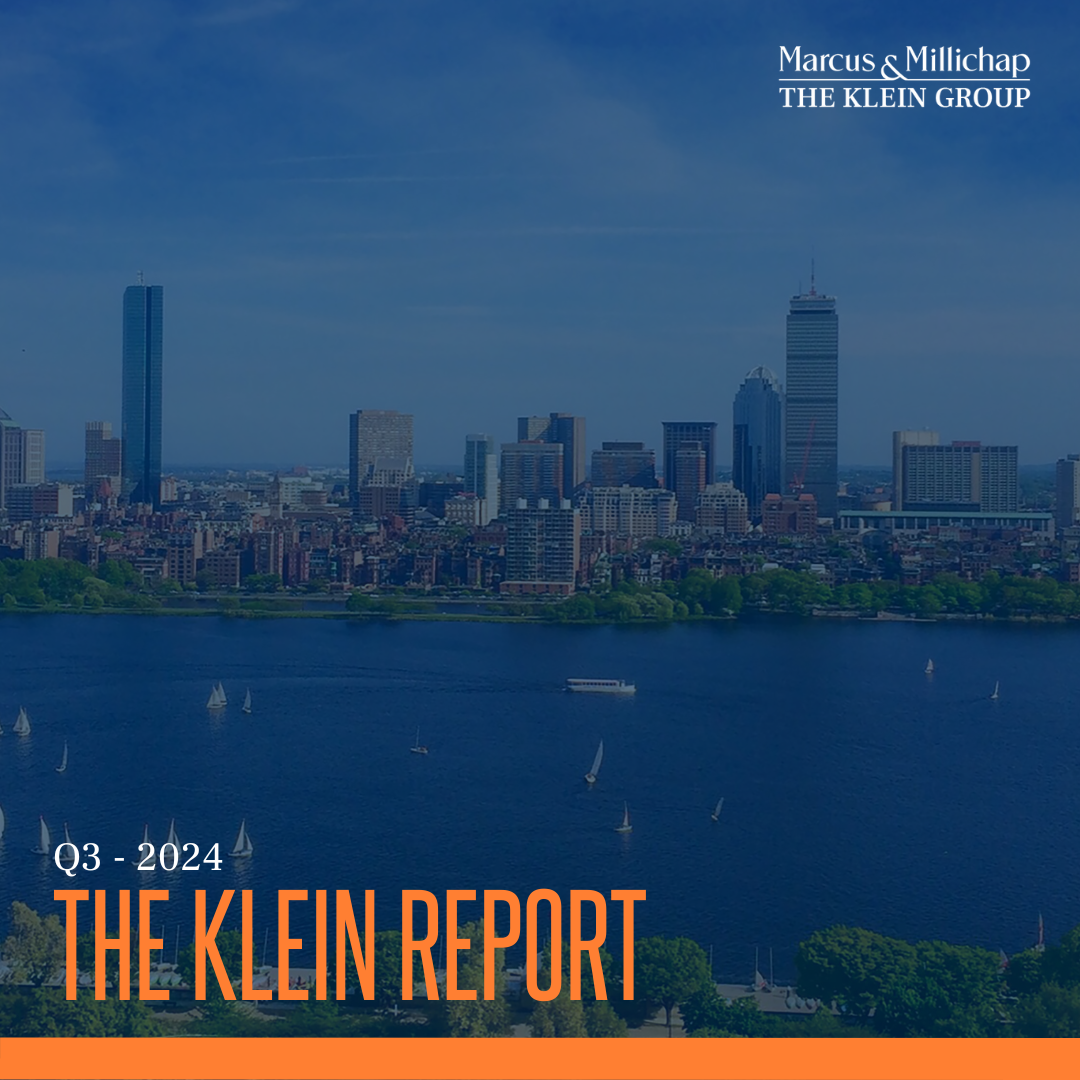Manufacturing buildings are used for everything from microprocessor assembly to metal stamping. These buildings typically require heavy power, floor loads, drive–in loading, and often higher parking ratios for a larger number of employees. Heavy manufacturing typically occurs in buildings with high ceilings while small computers are often built–in facilities with 12–16–foot clear heights. In New England, much of the manufacturing product was built during the first sixty years of the 20th century. From 1890 through 1940, most manufacturing buildings featured multiple stories connected by freight elevators. Today, these multi–story industrial buildings are generally considered functionally obsolete. In the 1940s through 1970s, heavy industrial buildings were built with 30+ foot ceiling heights, rail access, and limited loading. These buildings are still used today for storage, manufacturing, and potentially distribution uses. Today, high–tech manufacturing is thriving in New England creating demand for specialized biotech manufacturing spaces and reinvigorating some of the older manufacturing buildings as well.
Advantages: Manufacturing tenants can be incredibly “sticky” due to the expense of moving a significant operation. With million–dollar moving costs, tenants are less likely to frequently “shop” for better rent. Opportunities can be found for retrofitting manufacturing buildings for distribution– type uses – improving rents and exit cap rates. Heavy infrastructure at manufacturing buildings can be difficult to replicate, including rail access, heavy cranes, very high ceilings (40+ feet clear), heavy power, and other utilities.
Disadvantages: These buildings are generally harder to re–lease than distribution buildings. The
factors that have driven industrial demand, specifically E–Commerce, do not impact manufacturing properties as they do distribution properties. Typically, manufacturing investments will trade at 50– 150 bps cheaper cap rates than equivalent distribution buildings. Many believe this yield offsets the vacancy risk factors. Manufacturing buildings were generally constructed with a single tenant in mind, and as such, can be difficult to subdivide. Additionally, many manufacturing buildings are on smaller lots, with loading focused on historic rail spurs. This can make parking heavy uses impossible. Finally, some manufacturing facilities, particularly in food processing and chemicals, can be hyper–specialized and nearly impossible to repurpose if a tenant vacates.
Ideal Buyer: Buyer’s looking for higher yields are well advised to look at buying manufacturing
buildings. Good buildings will fit a variety of uses, be located near strong labor markets, and ideally have tenants with “sticky” operations. Tenant credit can range from true mom & pops to AAA–rated multi–nationals. Sale–leaseback opportunities can be found across that spectrum with 5–10–year lease terms and price points from $1–$100+ million. Buyers should always engage boots on the ground to ensure the building will have an adequate tenant market when the current tenant moves out. Institutional demand for manufacturing products is muted compared to distribution facilities, giving private investors an opportunity to generate yield. Broadly, investors should expect higher cap rates and lower growth opportunities.




